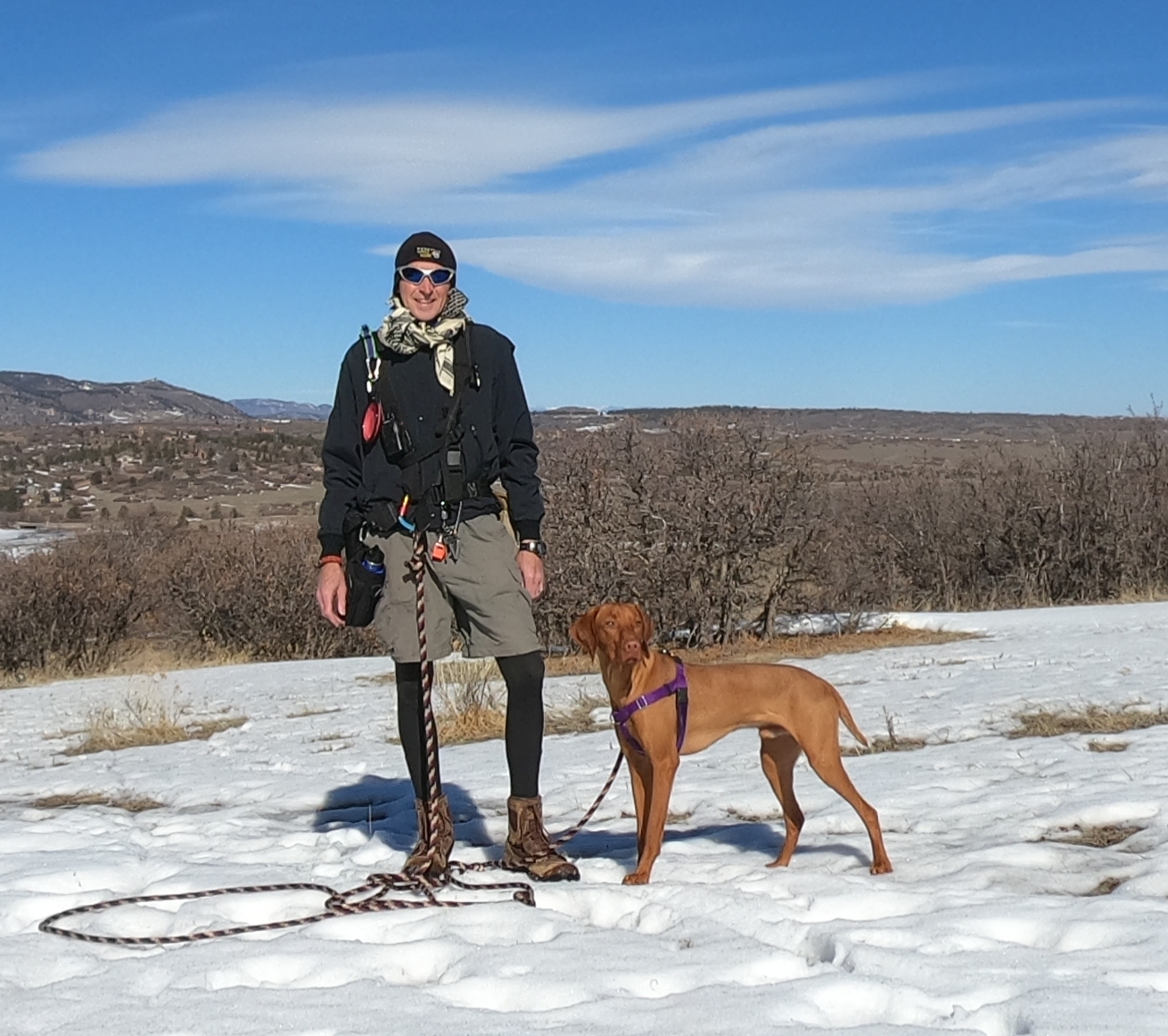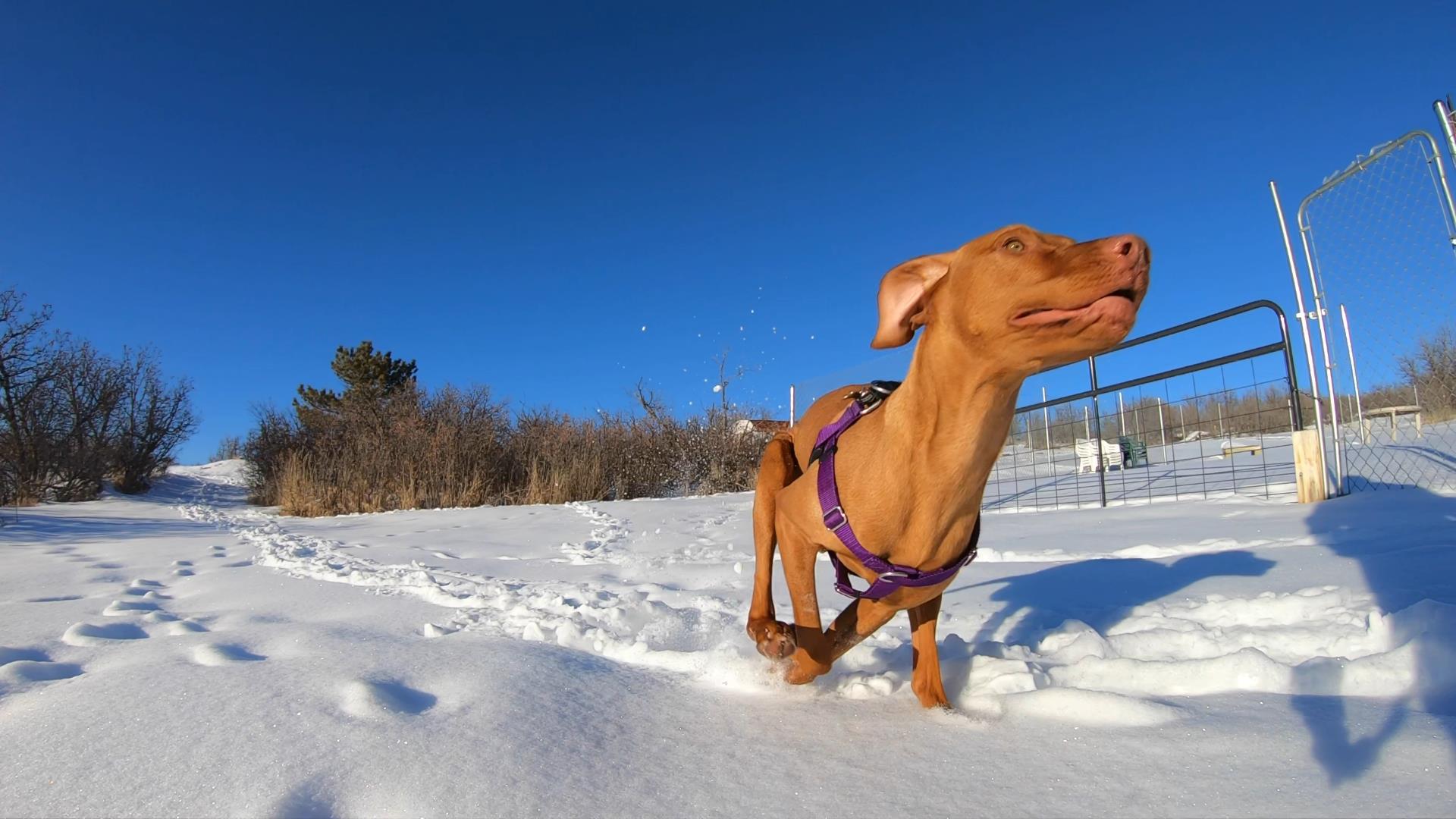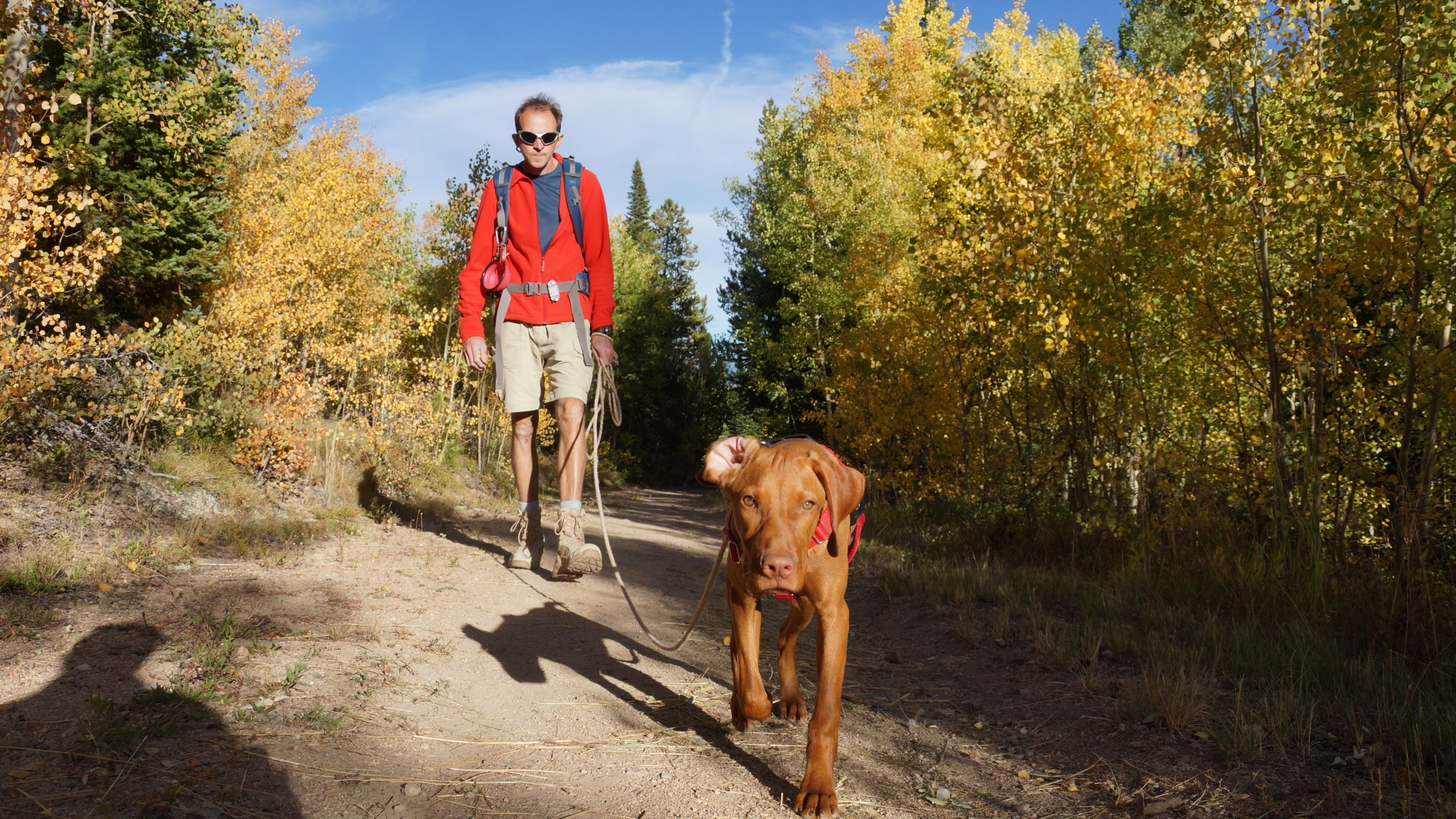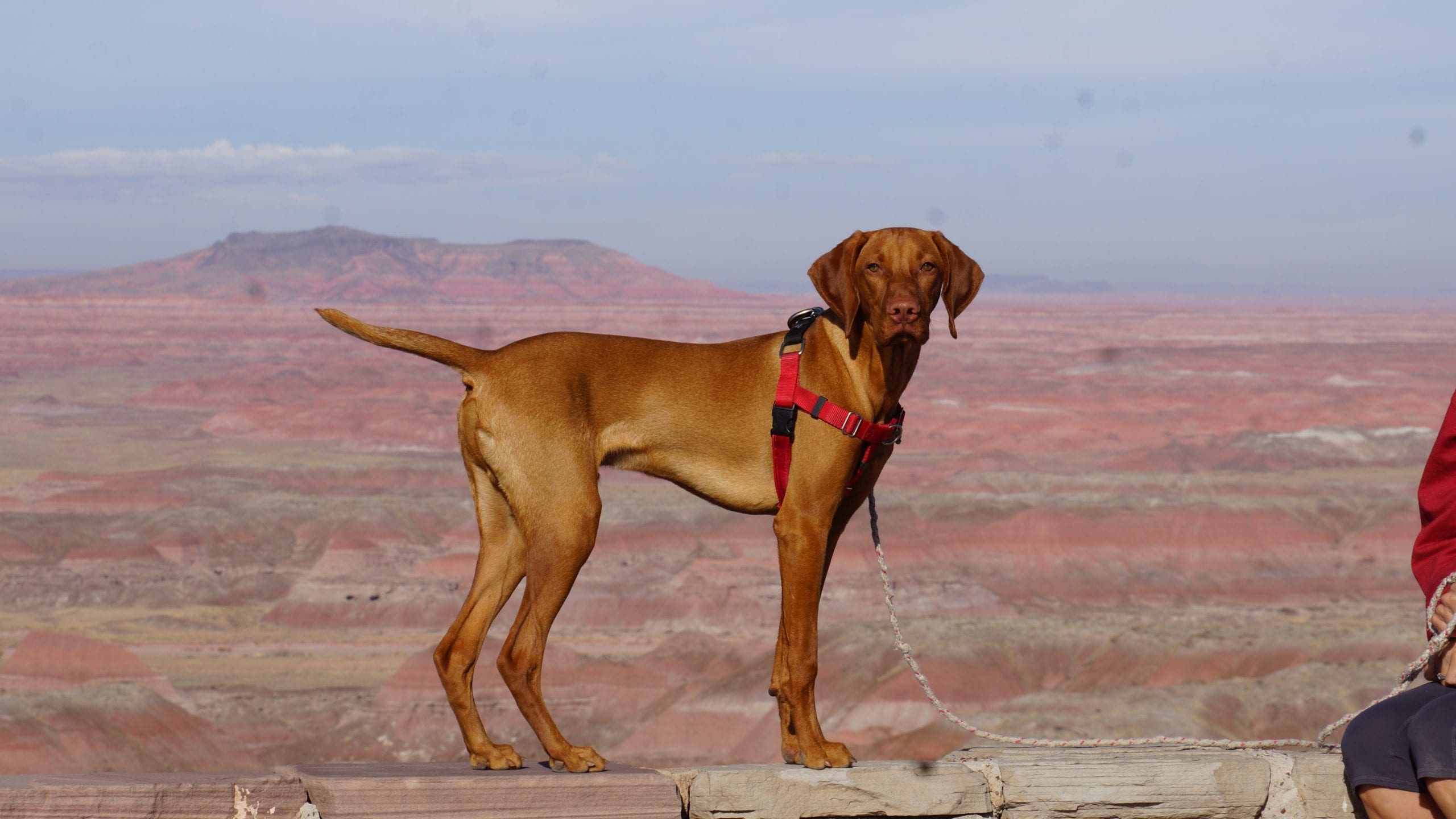This is a question posted to Quora. My answer is as follows.
The best metric I use to measure the effectiveness of a sampling initiative by a CPG brand is to look at sales over the following weeks of the sampling event to determine if the baseline for sales has increased and is sustained.
For example, I normally sell 100 units per week through a retail chain, which I’ve normalized by taking out any fluctuations due to holidays, coupons/discount campaigns, etc. When I run my sampling event, I should notice a jump in sales for that week, which slowly trails off over the following few weeks.
I say weeks, but the timing really depends upon the purchase frequency for the product. For example, if it’s a food product, then use weeks as a time measure. But if it’s some other non-consumable durable product, the timing might be a lot longer.
Say after 4-6 weeks of running the sampling event, I would ideally notice a new higher baseline in my sales. The difference between the old baseline and the new baseline is the metric from which I measure the effectiveness of my sampling campaign.
However, if the baseline returns to the level of the old metric, that does not necessarily mean my sampling campaign was not successful. If I saw a jump in sales that provided a positive ROI from the cost of the sampling campaign, then I can still consider it a success.
But the real long-term health of a brand is to increase the number of users that consistently purchase its products. To me, that is the real purpose behind sampling…to induce trial and secure new customers. And, sampling is usually the best way to secure new customers, although it is expensive.
If sampling does not do that, then I have to analyze a few fundamentals in the business to determine why I cannot increase my customer base, such as product not good enough/living up to claims, too many competitive choices and not enough differentiation, my target customer does not shop that retailer, etc.





